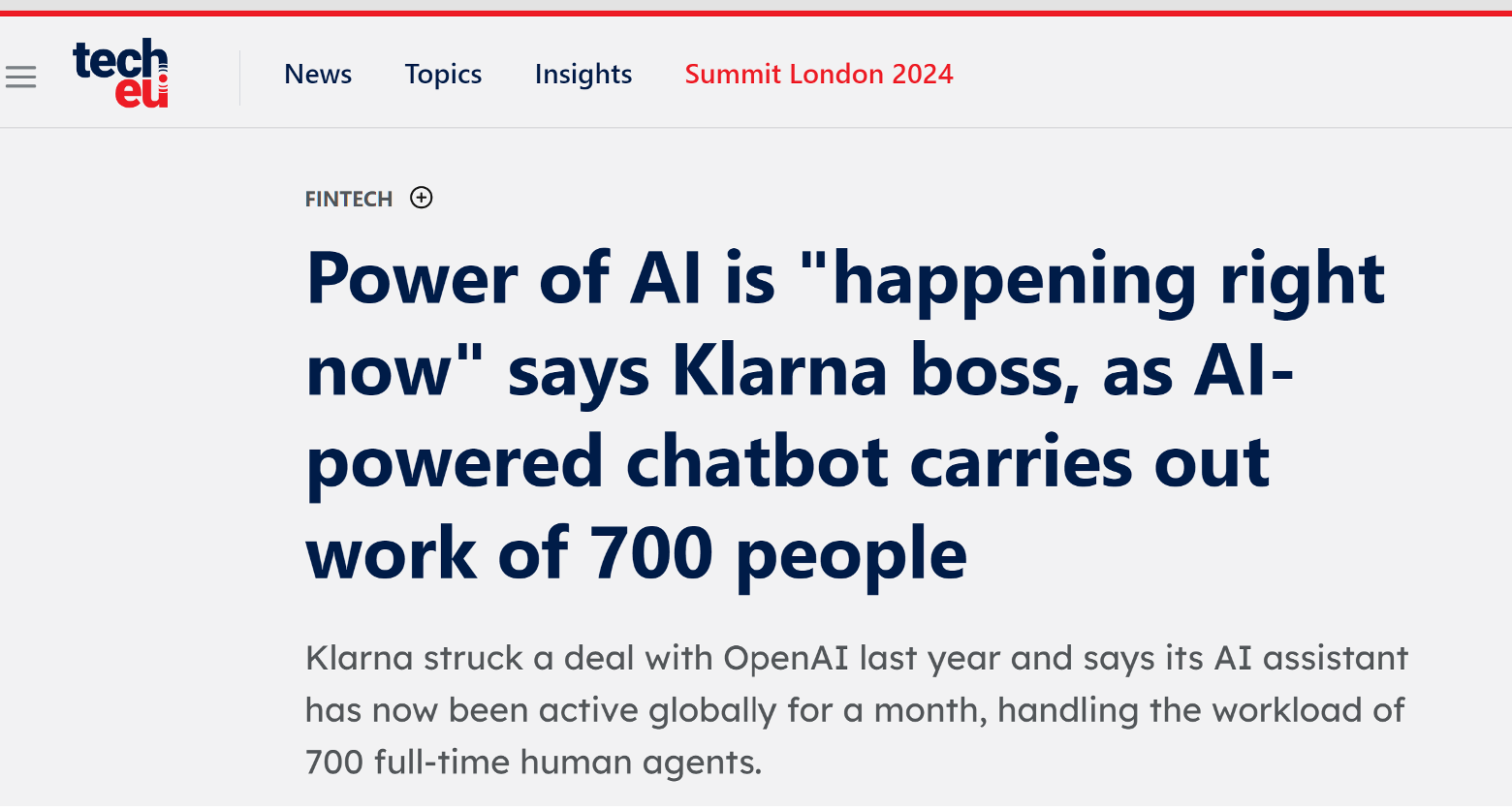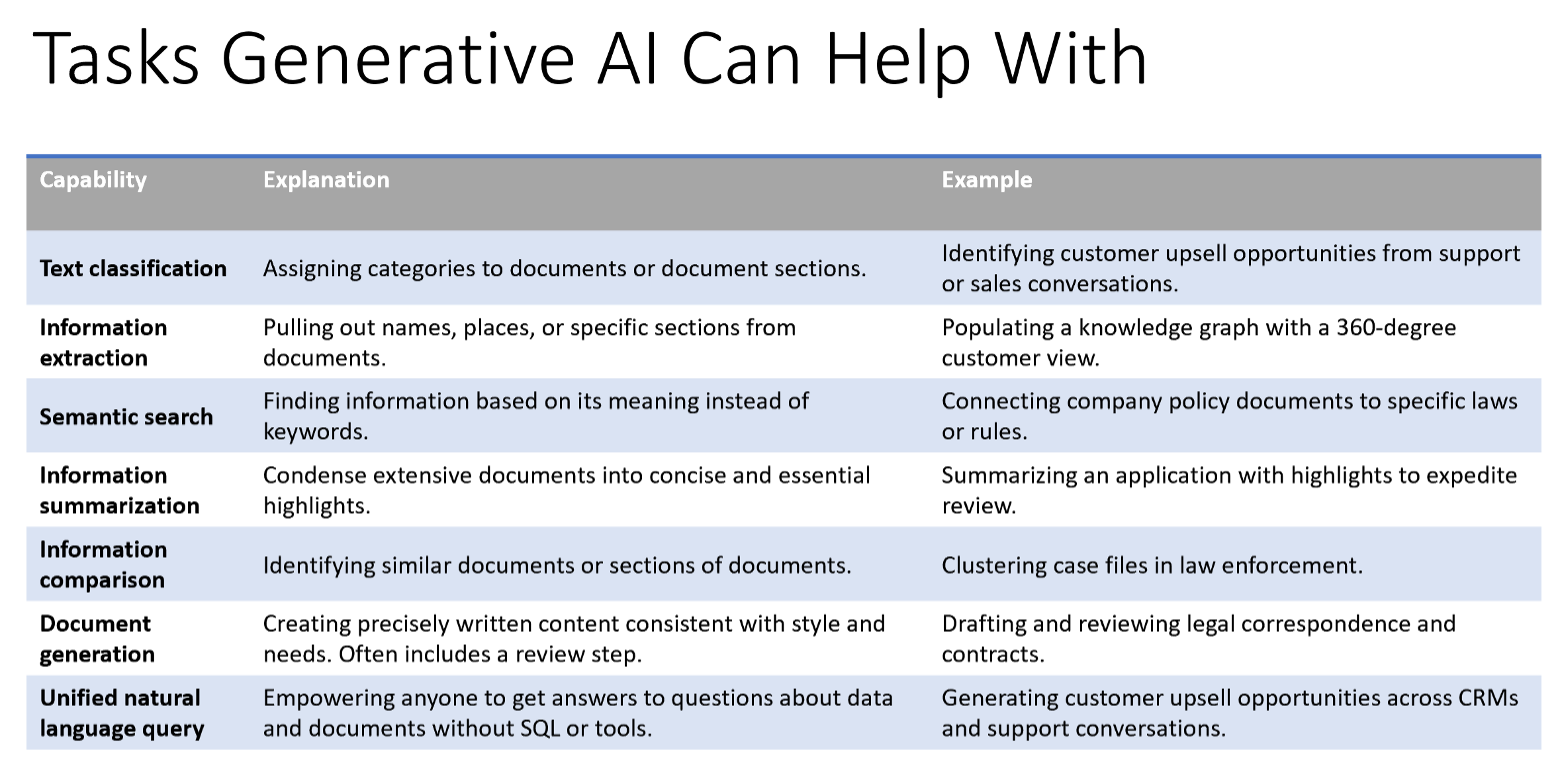
The fact that generative artificial intelligence (AI) is everywhere creates a great deal of pressure for businesses. It’s beyond question that Generative AI is already, a tool that can provide significant advantages to companies of all sizes. The question many Australian business are now asking themselves is – where to start?
In this blog, we break recommendations on the ways in which generative AI can help your business. There are two primary areas.
In this article, I will summarize the first of these – the potential effects of Generative AI on productivity. Item 2, innovation will be covered in further blog articles along with an explanation of all the key terms and strategic implications.
The economic definition of productivity is the rate of output for a unit input. It’s a measure of efficiency.
Making employees more productive is a good thing for companies. By definition, you’re creating more output for the same input. As a result, you can repurpose or lay off staff and / or sell more of your good or service. Either way, your cost per sale has fallen.
At an individual level, more productive people generally get paid more for their work. They are creating more value, the pie is bigger so (in theory, anyway) they get more pie. Of course, some individuals may be made redundant and particular jobs might become unnecessary when fully automated. Klarna, for example, were one of the first to deploy Generative AI to their customer service operations. It’s already doing the job of 700 people.

At a higher level, when companies make more profit and go on to become more valuable, the economy is working better so governments receive more in tax and can spend more on public services. If the productivity growth is maintained, a ‘virtuous circle’ can be created where higher wages increase overall levels of demand in the economy while simultaneously growing our ability to supply it.
Here are some examples. This isn’t all of them. It’s not even most of them.
One of the primary benefits of generative AI is its ability to automate repetitive and time-consuming tasks, freeing up valuable human resources to focus on more strategic and creative endeavors. But how can the productivity benefits of Generative AI be practically realized?

Generative AI can be used to automatically generate reports, summaries, or even marketing copy, saving countless hours of manual effort. Additionally, AI-powered virtual assistants (like the ones Klarna use) can handle routine inquiries, scheduling, and data entry, allowing employees to concentrate on higher-value activities.
Generative AI is good and some things and not good at others. These are the types of jobs Generative AI can help your business automate.
Businesses should review their processes to determine this sort of work – so it can be automated with Generative AI. Source: AI Token
If these remarkable claims about productivity are true, where is the evidence in the real world? The answer of course, is that it has already started showing up – if you know where to look.
Those facts, alone suggest that there Generative AI will be a tsunami across all businesses and the time to start thinking about how you can glean those benefits for your company is now.
In the next article, we will lay out the sorts of productivity tools you can use to garner these productivity improvements. In later articles, we will consider employee views on unemployment associated with Generative AI.